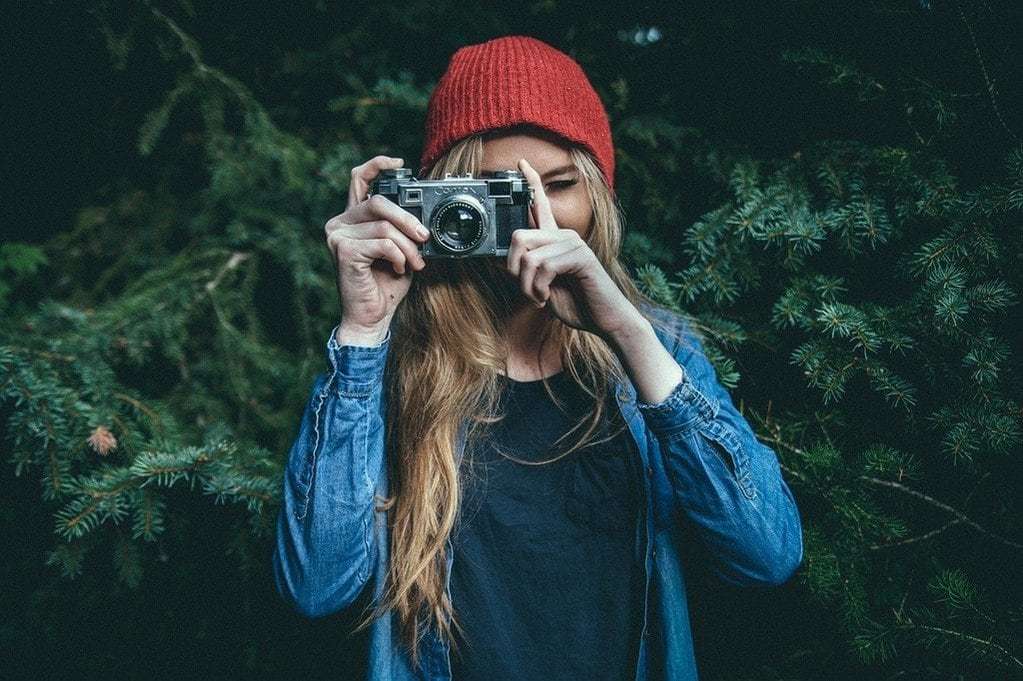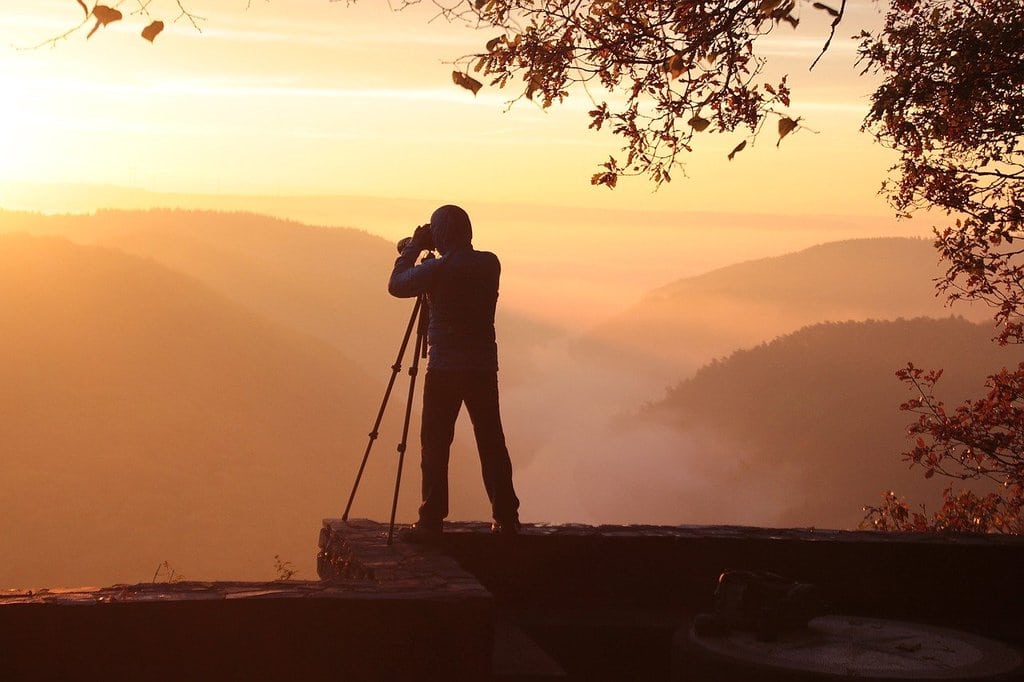Techniques for capturing stunning wildlife photos
Capturing stunning wildlife photos requires a blend of patience, skill, and knowledge of both photography techniques and animal behavior. Wildlife photography is an art that allows you to bring the beauty and rawness of nature into a single frame. Mastering this art involves understanding your subject, perfecting your technique, and continuously learning and adapting to different environments and conditions. Here are some techniques to help you elevate your wildlife photography game.
Essential Techniques for Capturing Breathtaking Wildlife Photos
Understanding your subject is one of the first steps in wildlife photography. Knowing the habits, behaviors, and habitats of the animals you are photographing can significantly increase your chances of capturing stunning images. Spend time researching and observing the wildlife you wish to photograph. This knowledge allows you to anticipate their movements and behaviors, enabling you to be in the right place at the right time.
Another key aspect is patience. Wildlife photography often involves long hours of waiting. Animals are unpredictable, and the perfect shot may take hours or even days. Patience, therefore, is not just a virtue but a necessity in this field.
Equipment and Settings
The right equipment can make a significant difference in your wildlife photography. A good camera with a fast shutter speed, a telephoto lens, and a sturdy tripod are essential. The telephoto lens allows you to capture close-up shots without disturbing the animals, while a fast shutter speed helps in freezing the action, especially when photographing fast-moving subjects.
Understanding your camera settings is equally important. Use a high ISO setting to allow faster shutter speeds, which is essential for capturing sharp images of moving subjects. Aperture settings can be adjusted to control the depth of field, helping to isolate your subject from the background.
Here is a list of equipment and settings that can enhance your wildlife photography:
- Camera with fast shutter speed capabilities
- Telephoto lens (200mm or longer)
- Sturdy tripod or monopod
- High ISO settings for better low-light performance
- Continuous shooting mode to capture action sequences
- Weatherproof gear to protect your equipment in harsh conditions

Composition and Lighting
Composition plays a critical role in making your wildlife photos stand out. The rule of thirds is a widely used composition technique that can help create balanced and visually appealing images. Place your subject off-center to create a more dynamic and interesting photo. Leading lines and natural frames, such as branches or the horizon, can guide the viewer’s eye through the image and towards the subject.
Lighting is another fundamental element in photography. Early morning and late afternoon, often referred to as the golden hours, provide the best natural light for photography. The soft, warm light during these times can add depth and dimension to your photos, making them more captivating. Avoid harsh midday sunlight, as it can create unwanted shadows and overexposed highlights.
Ethical Considerations
Respect for wildlife and their natural habitats is paramount in wildlife photography. Ensure that your presence does not disturb or stress the animals. Keep a safe distance, use a long lens, and avoid any actions that might alter their natural behavior. Ethical wildlife photography not only ensures the safety and well-being of the animals but also helps in preserving their environment for future generations.
Post-Processing Techniques
Post-processing is an integral part of modern photography. Editing your photos can enhance their quality and bring out the best in your shots. Use software like Adobe Lightroom or Photoshop to adjust exposure, contrast, and color balance. Cropping can help improve composition, while noise reduction techniques can enhance image clarity, especially in photos taken at high ISO settings.
However, it’s important to use post-processing tools to enhance, not alter, the reality of the wildlife scene. Over-editing can lead to unnatural-looking images and detract from the authenticity of your work.
Continual Learning and Practice
Wildlife photography is a continuous learning process. Each encounter with wildlife offers new opportunities and challenges. Stay curious and keep experimenting with different techniques and settings. Join wildlife photography groups, participate in workshops, and seek feedback from fellow photographers. The more you practice, the better you will become at capturing those perfect moments in nature.
By embracing these techniques, you can elevate your wildlife photography skills and capture the stunning images you aspire to create. Patience, knowledge, and the right equipment, combined with ethical practices and continual learning, are the cornerstones of successful wildlife photography. Keep exploring, keep learning, and most importantly, keep capturing the beauty of the natural world.
